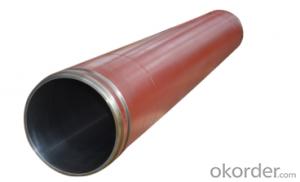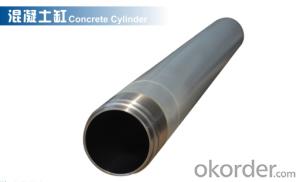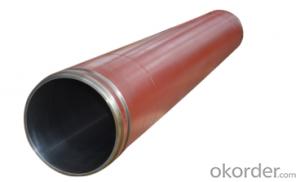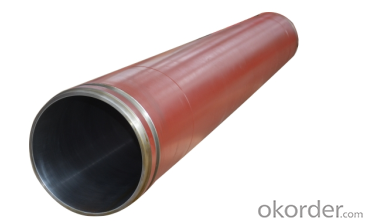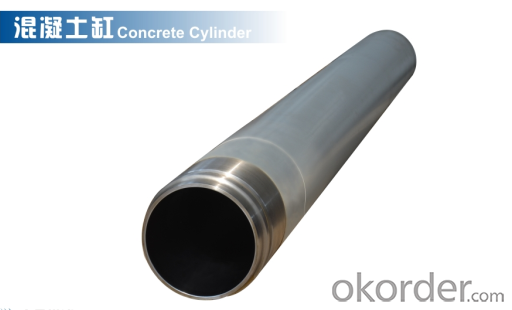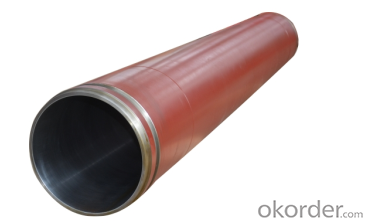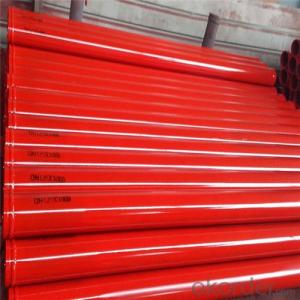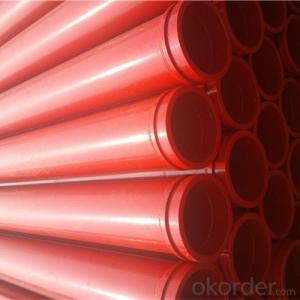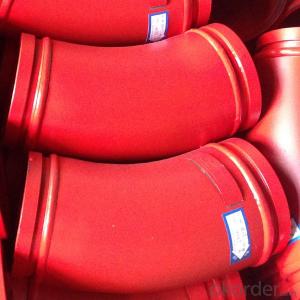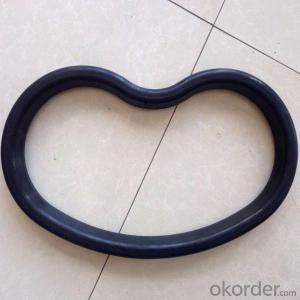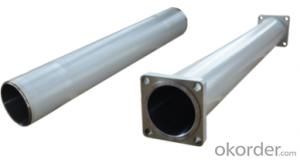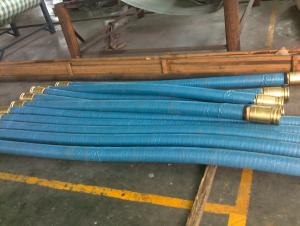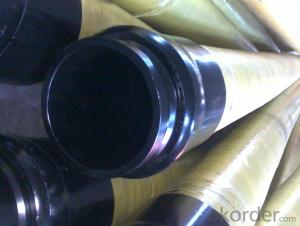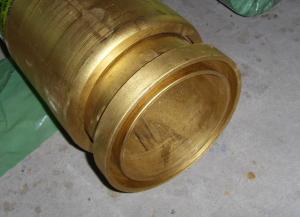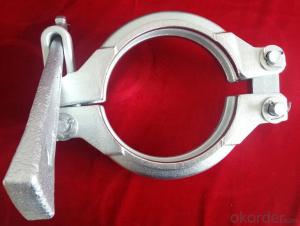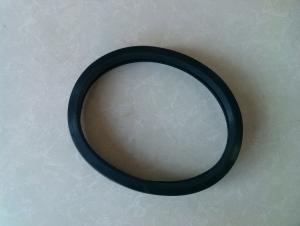DELIVERY CYLINDER(ZOOMLION ) I.D.:DN200 CR. THICKNESS :0.25MM-0.3MM COLOR:WHITE LENGTH:1862MM
- Loading Port:
- Shanghai
- Payment Terms:
- TT OR LC
- Min Order Qty:
- 2 pc
- Supply Capability:
- 1000 pc/month
OKorder Service Pledge
Quality Product, Order Online Tracking, Timely Delivery
OKorder Financial Service
Credit Rating, Credit Services, Credit Purchasing
You Might Also Like
Packaging & Delivery
| Packaging Detail: | wooden case, seaworthy packing |
| Delivery Detail: | 15 days |
Specifications
Concrete Pump Delivery Cylinder DN200*1862
1. Capacity: 60,000~80,000cbm
2. Size: DN180, DN200, DN230..
4. Brand: PM, Sany,ZM
Concrete Pump Delivery Cylinder DN200*1862
1. Material: C45
2. quenching and tempering to improve the hardness to HB241-280
3. inner wall chrome thickness is 0.25-0.30mm, hardness HV820-900.
4. Brand: SCHWING, PM, SANY, KYOKUTO, CIFA
5. Capacity: 60,000~80,000cbm
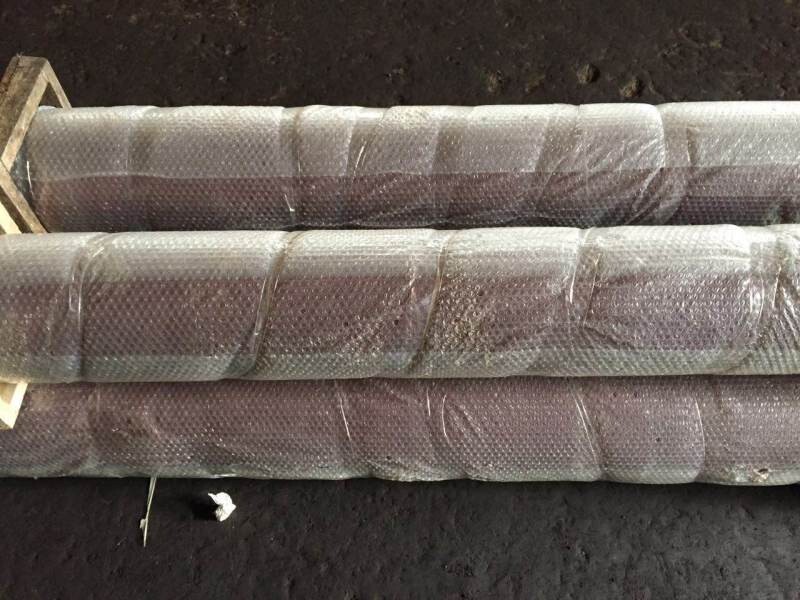
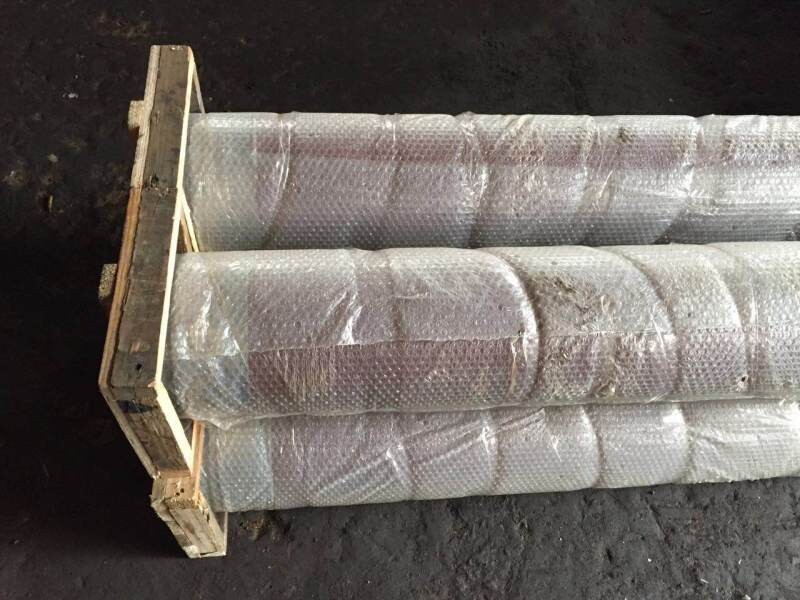
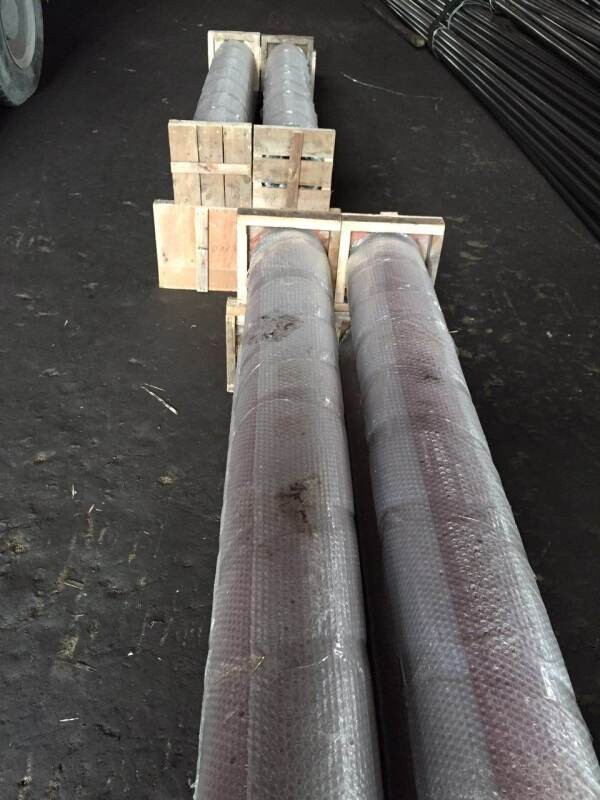
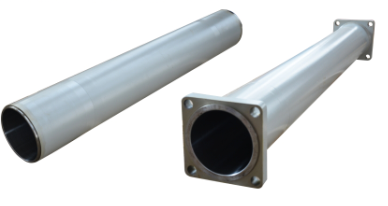
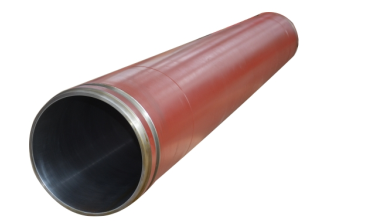
- Q: How does a concrete pump agitator motor prevent concrete from settling?
- Constantly agitating the mixture, a concrete pump agitator motor prevents the settling of concrete. Typically equipped with rotating paddles or blades inside the mixing drum, the motor ensures that the concrete remains in a homogeneous state. During transportation, concrete tends to separate as gravity and the natural settling of heavier aggregates take effect. This can lead to a non-uniform consistency, with denser materials sinking and water rising. To counteract this settling process, the agitator motor stirs the concrete continuously. By creating a turbulent flow within the mixing drum, the rotating paddles or blades prevent the heavier aggregates from settling, thus maintaining a consistent mixture. This agitation helps distribute the cement, aggregates, water, and any additional additives evenly throughout the concrete, resulting in a more reliable and uniform end product. By preventing concrete settling, the agitator motor ensures that the mixture remains consistently workable, free from blockages or inconsistencies, and suitable for pumping or pouring. This is particularly crucial in construction projects that require precise and consistent concrete placement. In conclusion, the agitator motor in a concrete pump prevents settling by continuously agitating the mixture, thus maintaining its homogeneity and ensuring a consistent flow during pumping or pouring operations.
- Q: Are there any specific guidelines for the disposal of old or damaged concrete pump spare parts?
- Yes, there are specific guidelines for the disposal of old or damaged concrete pump spare parts. It is important to properly dispose of these parts to ensure environmental sustainability and to adhere to local regulations. Here are some guidelines to follow: 1. Identify hazardous materials: Before disposing of any concrete pump spare parts, it is crucial to determine if they contain any hazardous materials such as oils, lubricants, or chemicals. These substances require special handling and cannot be disposed of in regular waste streams. 2. Separate recyclable materials: If the spare parts are made of materials that can be recycled, such as metal or plastic, it is recommended to separate them from other waste. Recycling these materials helps in conserving resources and reducing the strain on landfill sites. 3. Contact local waste management authorities: Different regions have different guidelines and regulations for the disposal of specific materials. It is advisable to get in touch with the local waste management authorities to understand the proper procedures for disposing of concrete pump spare parts in your area. 4. Arrange for proper disposal: Once you have identified any hazardous materials and separated recyclable parts, arrange for their proper disposal. This may involve contacting specialized waste management companies that can handle hazardous materials or taking them to designated recycling centers. 5. Avoid illegal dumping: It is essential to avoid illegal dumping of old or damaged concrete pump spare parts. This can harm the environment and may result in fines or penalties. Always dispose of these parts through legal and responsible channels. By following these guidelines, you can ensure the proper disposal of old or damaged concrete pump spare parts, minimize the impact on the environment, and comply with local regulations.
- Q: What is the function of a concrete pump hopper grate lever?
- The concrete pump hopper grate lever serves the purpose of regulating the opening and closing of the hopper grate on a concrete pump. The hopper grate, which is a metal grid covering the chamber where the concrete is loaded before being pumped, is controlled by this lever. This lever grants the operator the ability to effortlessly adjust the position of the grate. It can be opened to allow the concrete to flow into the hopper or closed to prevent any debris or foreign objects from entering the pump system. The control provided by the lever is essential for ensuring the smooth and efficient operation of the concrete pump. Any obstructions or contaminants in the hopper have the potential to cause damage to the pump or compromise the quality of the concrete being pumped. By utilizing the hopper grate lever, the operator can maintain a constant flow of concrete into the pump and ensure that only clean and properly mixed concrete is used. Moreover, the lever serves as a safety precaution, allowing the operator to swiftly close the grate in the event of an emergency or malfunction. In conclusion, the concrete pump hopper grate lever plays a critical role in the effective functioning and upkeep of a concrete pump system.
- Q: How to diagnose the blockage in the inlet of concrete pump?
- If it doesn't work, you'll have to clean it up manually and rule it out.
- Q: What is the purpose of a concrete pump hydraulic accumulator bladder?
- The concrete pump hydraulic accumulator bladder has the important function of storing and releasing hydraulic energy within the system. It acts as a flexible barrier between the hydraulic fluid and a gas or air chamber. When hydraulic fluid is pumped into the bladder, it compresses the gas or air inside, storing potential energy. This energy can then be released to power the hydraulic system when needed, providing a surge of pressure and flow for efficient and controlled movement of the concrete. The bladder also serves to smooth out and regulate the flow of hydraulic fluid, ensuring a steady and consistent supply of power to the pump. This helps prevent damage to the pump components and ensures reliable operation. Additionally, the bladder compensates for variations in demand by releasing the stored energy when the demand for hydraulic power exceeds the supply. This temporary boost helps maintain a continuous flow of concrete, even during peak demand periods. Furthermore, the bladder acts as a safety device by absorbing and dampening sudden pressure surges or spikes in the hydraulic system. This prevents damage to the pump and other components, ensuring the safety of operators. In summary, the concrete pump hydraulic accumulator bladder stores and releases hydraulic energy, regulates hydraulic fluid flow, compensates for variations in demand, and acts as a safety device. By performing these functions, it optimizes the performance and efficiency of the concrete pump system, ensuring reliable and controlled movement of concrete.
- Q: How can a faulty concrete pump S valve affect the concrete flow?
- A faulty concrete pump S valve can affect the concrete flow by causing disruptions, blockages, or uneven distribution of the concrete. The S valve is responsible for controlling the direction of the concrete flow, and when it malfunctions, it can lead to decreased or inconsistent flow rates. This can result in delays in the construction process, poor concrete quality, or even damage to the pump system.
- Q: What is the function of a concrete pump remote control?
- The function of a concrete pump remote control is to allow operators to control the movement and operation of a concrete pump from a distance. This remote control enables precise and efficient placement of concrete, allowing the operator to adjust the pump's speed, direction, and other functions, ensuring the accurate and controlled delivery of concrete to the desired location.
- Q: How often should hopper pins be inspected or replaced in a concrete pump?
- Hopper pins in a concrete pump should be inspected regularly, preferably before each use, to ensure they are in proper working condition. The frequency of replacement will depend on various factors such as the quality of the pins, the intensity of use, and the maintenance practices employed. However, it is recommended to replace hopper pins as soon as any signs of wear, damage, or weakening are detected to prevent potential accidents or malfunctions.
- Q: How can a damaged concrete pump piston affect the pumping efficiency?
- A damaged concrete pump piston can significantly affect the pumping efficiency in various ways. Firstly, a damaged piston can lead to decreased power and force exerted by the pump, resulting in reduced pumping capacity. The piston is responsible for creating the necessary pressure to push the concrete mixture through the pumping system. If it is damaged, it may not be able to generate sufficient pressure, leading to slower and less efficient pumping. Secondly, a damaged piston can cause leaks within the pump system. The piston is a critical component that seals the concrete and prevents it from leaking back into the hopper. If it is damaged or worn out, it may not create a tight seal, resulting in leakage. This not only leads to a loss of material but also reduces the efficiency of the pumping process as the pump has to work harder to compensate for the loss. Furthermore, a damaged piston can also cause blockages and clogs in the pumping system. The piston's movement creates suction, which pulls the concrete mixture into the pump. If the piston is damaged, it may not create enough suction, causing the mixture to flow unevenly or get stuck in the system. This can cause delays and interruptions in the pumping process, reducing overall efficiency. In conclusion, a damaged concrete pump piston can impact pumping efficiency by reducing power and force, causing leaks, and leading to blockages. Regular maintenance and timely repair or replacement of damaged pistons are essential to ensure optimal pumping performance and efficiency.
- Q: What is the function of a concrete pump control valve?
- The function of a concrete pump control valve is to regulate the flow of concrete from the pump to the desired location. It allows the operator to control the speed and direction of the concrete flow, ensuring the precise placement of the concrete. The control valve also helps in preventing any blockages or clogs in the pumping system by allowing the operator to adjust the pressure and flow rate of the concrete. Additionally, the control valve helps in maintaining the safety of the operation by providing the operator with the ability to stop or start the concrete flow as needed. Overall, the concrete pump control valve plays a crucial role in efficiently and effectively transferring concrete from the pump to the desired location.
Send your message to us
DELIVERY CYLINDER(ZOOMLION ) I.D.:DN200 CR. THICKNESS :0.25MM-0.3MM COLOR:WHITE LENGTH:1862MM
- Loading Port:
- Shanghai
- Payment Terms:
- TT OR LC
- Min Order Qty:
- 2 pc
- Supply Capability:
- 1000 pc/month
OKorder Service Pledge
Quality Product, Order Online Tracking, Timely Delivery
OKorder Financial Service
Credit Rating, Credit Services, Credit Purchasing
Similar products
Hot products
Hot Searches
Related keywords
